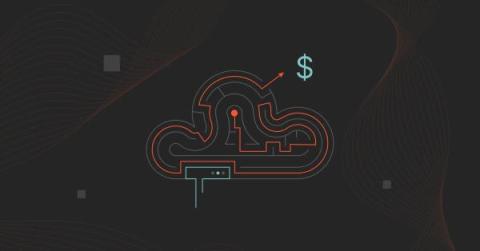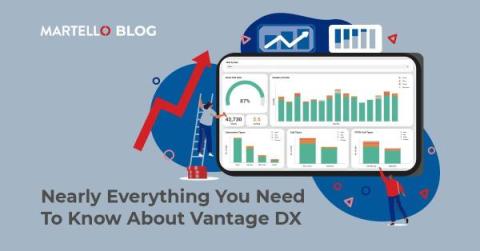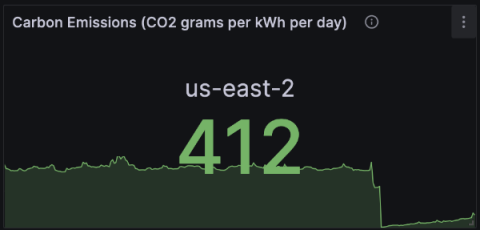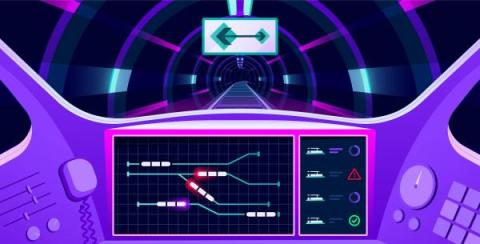This Earth Day, Gain New Sustainability Insights from your IT Infrastructure with OpsRamp and HPE
It’s April 22 and everybody knows today is Earth Day. But do you know how much energy your IT infrastructure is consuming and what that translates to in cost and carbon footprint? As we place more demands on our IT infrastructure to store and manage the reams of data we’re collecting and run advanced analytics and artificial intelligence on that data, we are inevitably consuming more energy in our data centers.











